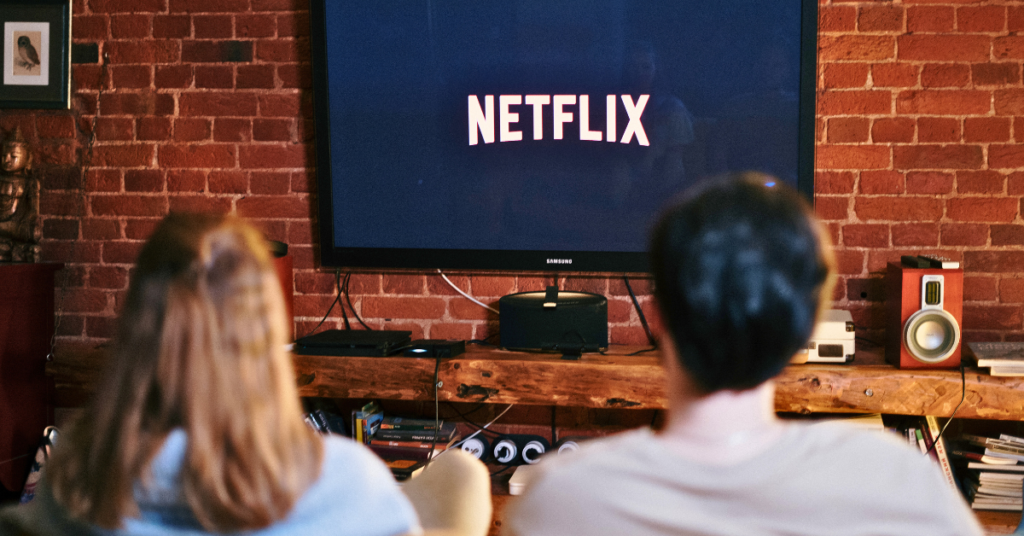
Clare Schmitt
VP of Marketing & Communications at PGLS

Saba Dovlatabadi
VP of Product & GTM Strategy at PGLS
As a complex phenomenon that every society shares—but creates and experiences differently—humor is among the most difficult content for translators to adapt successfully into other languages.
What makes the task of translating comedy so challenging? In addition to a required fluency in the source and target languages, the linguist must possess a deep working knowledge of how audiences perceive, understand, and enjoy humor. Writing jokes comes with a particular set of rules and skills, where comedic impact, context, and nuance must take precedence over the specificity of the source text. The end result may have a completely different meaning, but ultimately what matters most is fidelity to the characters, context, and audience.
The process of adapting translations to align with local preferences and culture is known as localization. Since exported comedy content is rendered culturally relevant through localization, there is no global standard governing the creative decisions that shape a translated comedy project. As a result, a significant degree of variance can exist due to the decisions of different linguists.
Additionally, just because linguists can skillfully translate romantic comedies and sitcoms does not mean they are equipped for dark humor, standup, parody, or other comedic forms. In all, measuring success can be difficult.
With the steep rise in global streaming services and the demand for content in local languages, comedy localization has become a competitive and coveted offering. Let’s review how the top streaming services are tackling this challenge to satisfy their growing global subscribership.
Rising Demand for Comedy Localization
Only in the last decade has the demand for comedy localization become so urgent. About 101 of Netflix’s 300 million subscribers are located in Europe, the Middle East, and Africa (EMEA), one of the most linguistically diverse regions in the world. Amazon Prime counts on an estimated 200 million subscribers worldwide, of which approximately 88 million live outside the United States. By 2029, subscription video on demand (SVOD) is predicted to reach 1.8 billion global subscribers.
The explosion of global SVOD content has placed a spotlight on the fast-growing field of media localization. With the rise of new technologies that support large-scale translation, such as machine translation (MT) and generative AI, linguistically diverse audiences have questions about how streaming services localize content, whether through subtitles (subbing) or replacement audio in the target language (dubbing), to land jokes effectively. How much tech involvement is appropriate to balance scalability and comedic impact?
Machine Translation and Comedy Subtitling
Netflix released some fascinating data in 2023. TV streamers collectively watched over 93 billion hours of Netflix in the first half of 2023. With 4,500 of its shows available globally, Netflix stated its top-watched languages were English, Korean, Japanese, Spanish, Portuguese, German, French, Italian, Arabic, and Russian.
To localize this many shows, the scalability of subtitling is a crucial factor. At the same time, giving up creative license to a third party can be of concern to comedians and show creators who want to maintain ownership over their work. Tech integration is inevitable, but the finished product has to be guided by many experienced, trusted experts.
Machine translation is one such tool that brings speed and scale to translation services through linguistic databases and algorithms. Of course, MT processes have their limits and cannot fully grasp context, idiomatic language, and cultural nuances. This is especially true for comedic content, where jokes and expressions are grounded in collective experiences, situational awareness, historical references, and irreverence.
Machine translation post-editing (MTPE) is a human-led process where linguists review and refine machine-translated text to secure a closer alignment with the source material. In, the case of comedy subtitling, while MT may be used to kick off the project, MTPE, creative consultations, and additional interventions are required to achieve a high-quality finished product.
Without this important work, global viewers may struggle to connect with the content. At the same time, if subtitling is poorly executed, viewers may also become frustrated and lose interest. Netflix, Prime Video, and other global streamers must walk a fine line between investing in quality and leveraging scale to develop and delight their audiences.
The Evolving Role of AI in Comedy Dubbing
Some streamers prefer to watch dubbed content, as it allows them to focus on the action instead of reading the subtitles. For the professionals responsible for generating dubs, the process often comes with significant constraints to protect the viewer’s experience. The aim is to match dubbed voices to the original actors’ lip movements as closely as possible to minimize distractions to the viewing experience. However, these constraints can result in greater context loss compared to subtitling.
Historically, dubbing has counted on interpreters with a voice-acting background. In comedy, where delivery, timing, and intonation can determine whether a joke lands or falls flat, choices here can be as important as decisions made about the script itself.
Today, technology interventions powered by generative AI are challenging the industry with new opportunities and ethical dilemmas. For example, YouTube recently rolled out automated dubbing from English into French, German, Hindi, Indonesian, Italian, Japanese, Portuguese, and Spanish, plus “experimental languages that might contain errors.” However, users noted the voices sounded robotic and unnatural, sometimes selecting voices that did not represent the original speaker. YouTube has acknowledged that the tool is still in its early stages.
Media and Comedy Localization: Shaping Global Culture
It is fascinating to consider the impacts that media localization and comedy translation can have on global culture.
Decisions about whether to localize a joke or maintain fidelity to the original joke depend on a number of factors. In sketch comedy shows such as Saturday Night Live, where the storyline tends to be topical to current events, it might not make sense to localize the content, even if it is not particularly relevant in the target audience’s location. The linguists have to trust that SNL watchers outside the United States have a vested interest in American politics and popular culture.
In popular sitcoms that feature an emphasis on wit, wordplay, and identity-based humor, the task of localization is even more difficult. Famously, Seinfeld has been one of the more challenging television shows to localize in select markets for this reason. One-to-one translations of the jokes simply do not make sense in other languages, and the reliance on wordplay made adaptation without recasting the long-running character arcs a significant undertaking.
The philosophical question can come down to understanding the particulars of specific target audiences. Are viewers tuning into a foreign show in the interest of a new and authentic cultural experience? Or, do they expect to enjoy comedy realigned to their tastes? Viewers may be smart enough to recognize “bad” translations and dubs, but they also can tell when their local preferences have been recognized. This effort goes a long way.
Decisions made here have an impact on profits by way of views, subscriber growth, and retention. At the same time, these creative decisions also have the potential to generate fandoms, buzz, loyalty, and cultural affinities. As linguists and consumers of streaming content, we at PGLS will continue observing how streaming houses continue to push boundaries and strike a delicate balance between authenticity, feasibility, and audience satisfaction.
